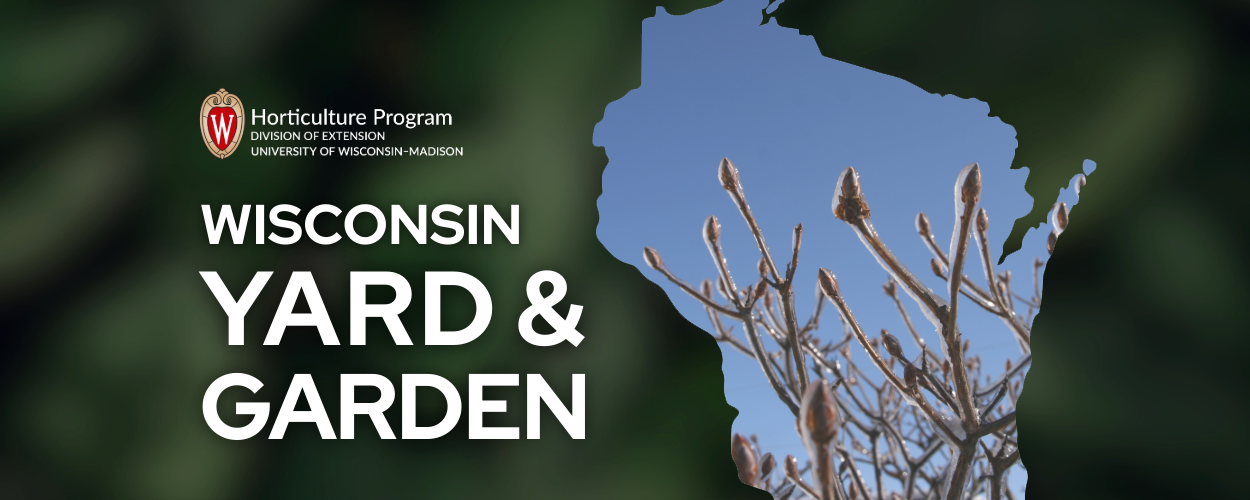
Every fall we see trees, shrubs, and herbaceous plants go dormant as winter approaches and wait for them to resume growth when spring arrives. Overall, the dormancy process is very dependable, as both existing plants and seeds in the soil survive to resume growth after winter fades away.
True plant dormancy requires exposure to a cold period to resume active growth. This ensures winter survival and avoids growth starting during mid-winter mild weather. Numerous processes are involved, but a key plant hormone is abscisic acid. Often called the dormancy hormone, it inhibits any growth processes from starting at incorrect times.
In late fall, dormant buds in trees and shrubs have elevated levels of abscisic acid to keep them dormant. Bud dormancy is broken by exposure to a certain minimum temperature over a required period. Extreme cold is not required, and an unusually cold spell in winter does not accelerate the process. As winter advances, abscisic acid levels slowly drop until reaching a level that can be overcome by growth promoting hormones. Increasing light and accumulating warmer days of spring raise growth hormone levels, thus plant growth resumes.
Seeds have internal or physiological dormancy to remain dormant until favorable conditions are present for germination, growth, and development. Dormant seeds use minimum energy to survive, and abscisic acid keeps them dormant. After exposure to a certain length of winter cold, abscisic acid levels dissipate in seeds. Once favorable temperatures return and adequate moisture levels exist, seeds germinate. Without meeting the cold period requirement, however, they cannot germinate even if soils are warm.
We “fool” seeds to germinate without sitting outside all winter through stratification, or exposure to artificial cold, such as in refrigerators. The required cold period length can be found when researching propagating native plant seeds. Typically, minimum temperatures range from upper thirties to 40 degrees Fahrenheit.
Seeds often have a second mechanism inhibiting germination called physical dormancy. A tough seed coat prevents water uptake and seed germination. The abrasive action of freezing and thawing soil may crack or scratch seed coats. Some seeds require exposure to acid, such as found in digestive tracts of birds or animals, to dissolve tough seed coats. This allows seeds to be dispersed as birds carry them off a distance away from parent plants.
This process of roughening or dissolving outer seed coats is called scarification. Seeds collected from native plants are often recommended to be mixed with abrasive sand or even roughened with a file; this breaks physical dormancy. This also explains why seeds of certain plants may need to be treated with acid or boiled in water.

About the Author
Bruce Spangenberg is a Horticulture Outreach Specialist with UW-Madison Division of Extension. Get answers to your lawn, landscape and garden questions anytime at “Ask Your Gardening Question.”




